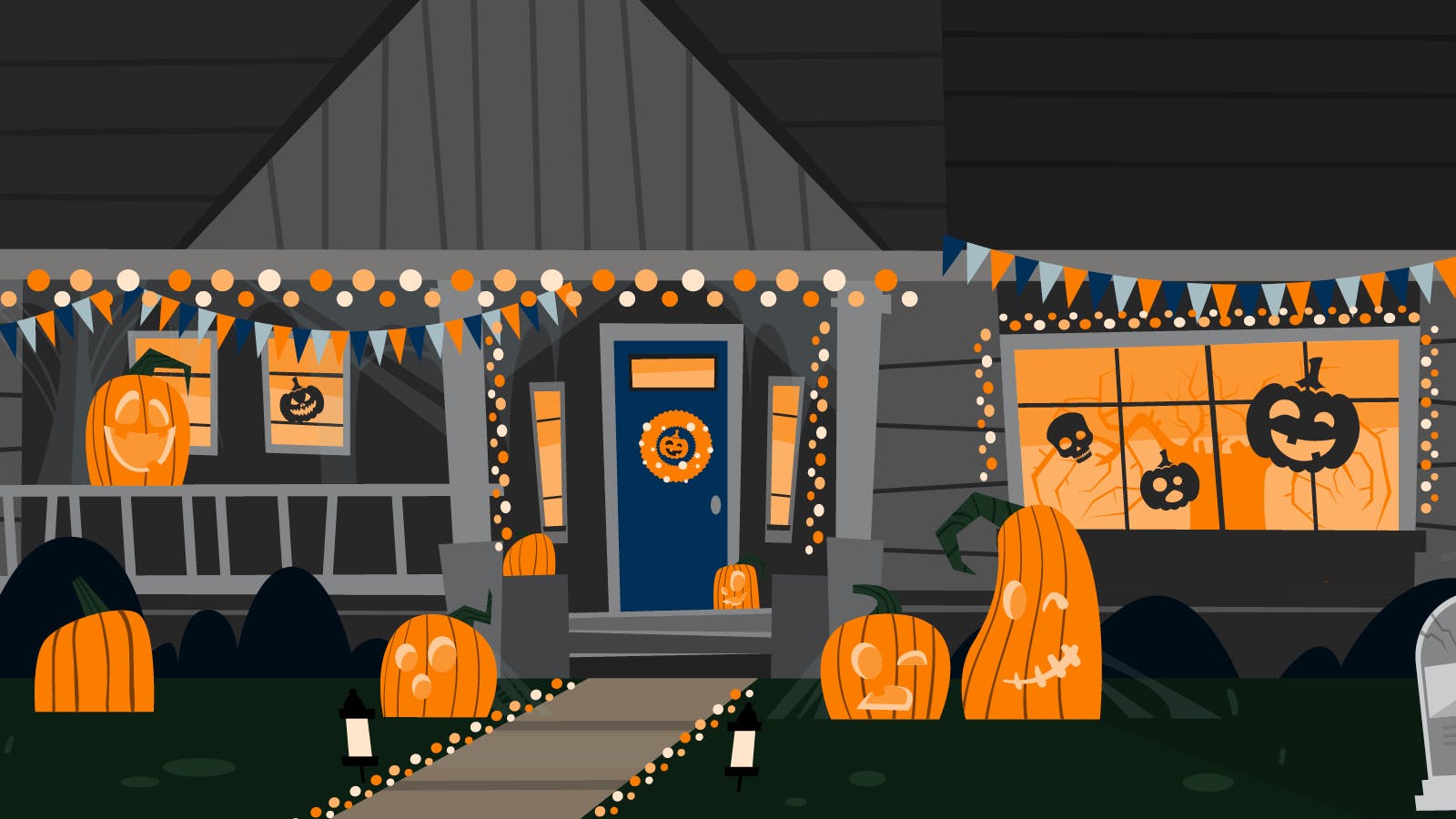From Grandma’s china to your child’s homemade ornaments, many holiday treasures have a glittering history unique to each family. While you may remember the year you knitted those stockings or lit the menorah throughout your childhood, many other classic items that you have tucked away in storage also have long, storied pasts that you may not know about.
This year, lean into the holiday spirit by exploring some history. From mistletoe to poinsettias, these 10 home décor staples are historical symbols of holidays past.
Candy Canes
Believe it or not, these sweet treats date all the way back to 1670. The story goes that a German choirmaster provided sugar sticks to his fidgety young singers in an effort to keep them quiet during a ceremony. To maintain a religious connotation, they were bent into their signature shape, resembling a shepherd’s crook. Now, every December, they adorn trees, wreaths, tablescapes and more. Today, whether you buy a pack or make your own, no doubt candy canes make a tasty addition to any holiday celebration.
Holiday Lights
What do the microphone, the telegraph and Christmas lights have in common? They were all invented by Thomas Edison! After the invention of the lightbulb, Edward Johnson, one of Edison’s engineers, saw an opportunity to replace the candles that traditionally adorned Christmas trees with these cutting-edge contraptions. He decorated his own Christmas tree with 80 colorful lights, placed it on a rotating platform and stationed it in his front window. Needless to say, passersby were delighted!
The next year, Johnson took to the outdoors. He outfitted a 45-foot tree with more than 200 bulbs. In the following years, light bulbs became significantly more affordable, and the rest is, well, history.
Menorah
Did you know that the menorah is one of the oldest continuously used religious symbols in the world? The nine-branched candelabra dates back to Moses’s lifetime, or 1391-1271 BC. The story goes that, when the Jews defeated the Syrians, they reclaimed their temple and lit the golden candelabrum inside. Their stores of oil, which should have only lasted one day, then burned for eight. Today’s menorahs may look a little different, but they still serve as an important reminder for many Jewish families across the world.
Holly
The holly plant has historical significance spanning global cultures and religions. The sharp leaves and berries symbolized Christ’s crown and blood to the Christians, while the Ancient Romans and Celts utilized it for winter solstice celebrations and the Ancient Druids regarded it as sacred. Today, hollies make a holiday appearance in everything from gift wrap to curb appeal.
Wreaths
Wreaths were popularized as headwear in Ancient Rome and Greece, but it was the Christians who first placed them on a door. The evergreen ring symbolizes strength and eternal life and serves as a visual symbol of the Christmas spirit. Today, Wreaths are one of the easiest and most enjoyable DIY projects out there, with modern takes incorporating everything from ornaments to dried florals.
Kinara
The kinara may be a more contemporary holiday staple but is no less important. Kwanzaa celebrations and the accompanying decor date back to 1966 when Dr. Maulana Karenga first created the week-long holiday. The kinara, a seven-branched candelabra, is an important focal point in any Kwanzaa celebration. Dr. Karenga assigned each of the seven days a principle, which is discussed as the corresponding candle is lit each evening. These include unity, self-determination, collective work and responsibility, cooperative economics, purpose, creativity and faith. Today, the kinara may be made of any material, from wood, to cast iron, to small jars.
Mistletoe
This classic holiday plant’s romantic connotation goes way back, as it was historically used for fertility and as an aphrodisiac. The Ancient Greeks eventually coined the tradition of sharing a kiss underneath, a holiday custom still celebrated today. Whether hanging the real thing or crafting a faux kissing ball out of felt, mistletoe is sure to add a sweet and storied sentiment to your holiday décor.
Poinsettias
The poinsettia is native to Mexico and, as it resembles the Star of Bethlehem, its name translates to “flower of the holy night”. According to Mexican legend, a poor young girl named Pepita did not have a gift for the baby Jesus. On Christmas Eve, she offered up a bouquet of weeds, which the angels compassionately transformed into brilliant red and green blossoms. The colors became synonymous with Christmas, an influence we can still clearly see today.
Christmas Stockings
Believe it or not, Clement Moore’s “‘Twas the Night Before Christmas” inspired hanging your stocking with care. Since the poem’s publication in the early 1800s, placing a sock on the mantel has become a Christmas custom. From fur to flannel, there are plenty of unique buy- or DIY-able stocking options to match any décor.
Christmas Trees
This holiday favorite dates back to ancient Egypt and Rome, where residents hung evergreen boughs over their doors and windows to ward off evil. The Christmas tree as we know it, however, is only a few centuries old. It is believed that, in 16th century Germany, Protestant reformer Martin Luther was so inspired by a scene of stars amid evergreen branches that he brought a tree into his home and adorned it with candles as a replica. The practice took off and eventually came to America via the German settlers of Pennsylvania. Today, decorations range from tinsel to citrus garlands, but the beauty Luther saw that night remains reflected in the modern Christmas tree.
Learn the History of Holiday Home Decor
Pulling out the holiday décor each year can feel like a festive trip down memory lane! From cherished family heirlooms to unique customs and traditions, understanding and reflecting on the old and the new is a great way to tie up the current year and prepare for the next. Whatever your holiday home décor might be, soak in the nostalgia of the season and, come New Years, break out the bubble wrap and pack those cherished memories back up safely. After all, you’ve almost certainly got a little piece of history on your hands!
Published on December 19, 2022


